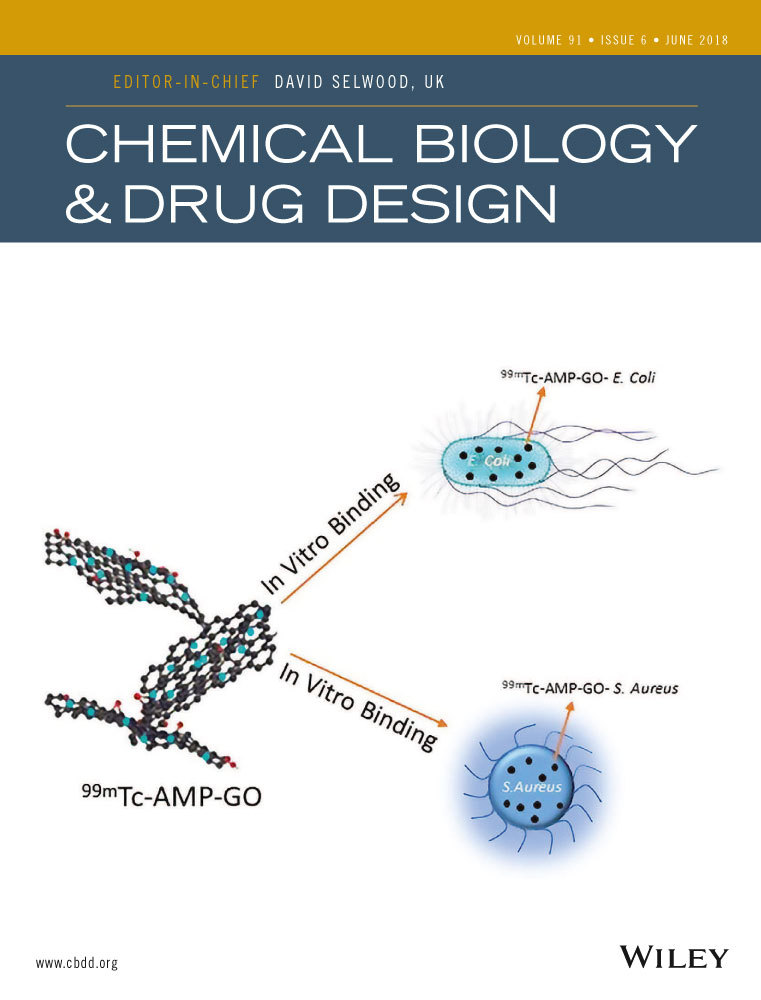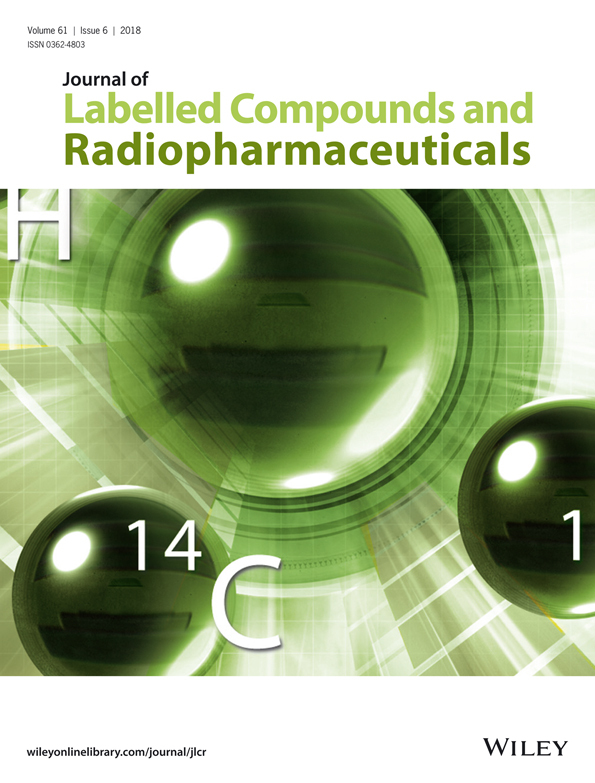
“The endocannabinoid system (ECS) actively participates in several physiological processes within the central nervous system.
Among such, its involvement in the downregulation of the N-methyl-D-aspartate receptor (NMDAr) through a modulatory input at the cannabinoid receptors (CBr) has been established. After its production via the kynurenine pathway (KP), quinolinic acid (QUIN) can act as an excitotoxin through the selective overactivation of NMDAr, thus participating in the onset and development of neurological disorders.
In this work, we evaluated whether the pharmacological inhibition of fatty acid amide hydrolase (FAAH) by URB597, and the consequent increase in the endogenous levels of anandamide, can prevent the excitotoxic damage induced by QUIN. URB597 (0.3 mg/kg/day × 7 days, administered before, during and after the striatal lesion) exerted protective effects on the QUIN-induced motor (asymmetric behavior) and biochemical (lipid peroxidation and protein carbonylation) alterations in rats.
URB597 also preserved the structural integrity of the striatum and prevented the neuronal loss (assessed as microtubule-associated protein-2 and glutamate decarboxylase localization) induced by QUIN (1 μL intrastriatal, 240 nmol/μL), while modified the early localization patterns of CBr1 (CB1) and NMDAr subunit 1 (NR1).
Altogether, these findings support the concept that the pharmacological manipulation of the endocannabinoid system plays a neuroprotective role against excitotoxic insults in the central nervous system.”









